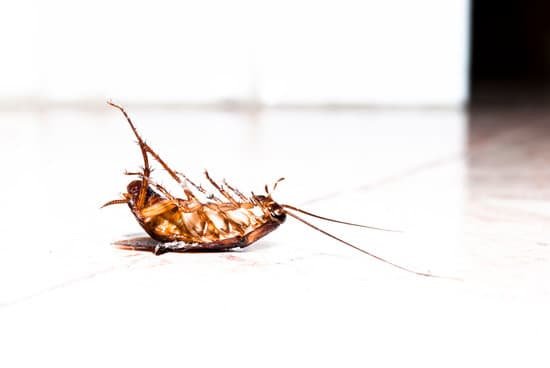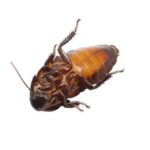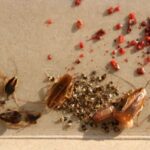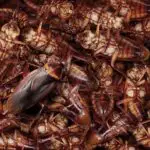How Small Can a Cockroach Squeeze Through a Crack?
Cockroaches can squeeze through tiny holes and crevices. In fact, a German cockroach can fit into a gap no wider than a dime. A pregnant female cockroach can fit into a crack no wider than two nickels. This is a testament to the cockroach’s incredible size and resilience. Cockroaches can move through small spaces at speeds of up to 23 inches per second, which is about 20 times their length! In comparison, a five-foot-tall human moving at 75 mph would take about five times longer to fit through a hole of that size!
The cockroach’s ability to run through small cracks is one of its greatest strengths. It can squeeze through a tenth-inch hole and run at high speed, even when flattened in half. This incredible feat has led scientists to study how cockroaches can squeeze through such tiny spaces and use this knowledge to build better robots.
A nine-millimeter German cockroach can squeeze through a three-millimeter gap. It can do this by jamming its head and body through the slit and pulling itself out in about a second. Even while pregnant, female cockroaches can fit through small gaps, as they carry their eggs in a sac called ootheca. This sac is found on the back of the body and abdomen.
The exoskeleton of a cockroach is made of hard but flexible plates. These plates transmit energy to the legs and help the cockroach run. They are connected by elastic membranes, which allow the plates to overlap as the insect compresses. Cockroaches also have spines on their legs that help them gain traction when their legs are splayed.








